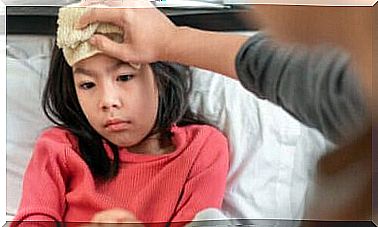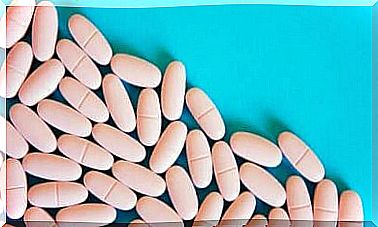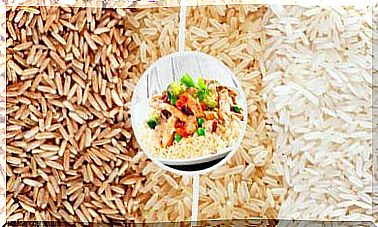Campylobacter Infections And Their Characteristics
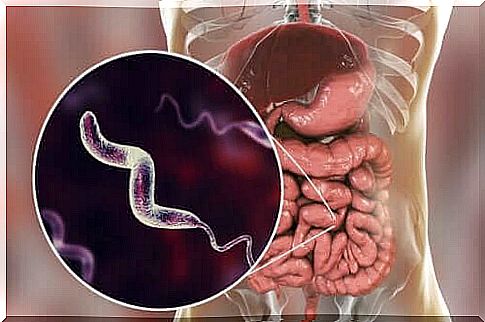
Campylobacter infections, also known as campylobacteriosis, are the most common cause of diarrhea worldwide, accounting for up to 14% of them.
The World Health Organization (WHO) estimates that foodborne illnesses – including campylobacteriosis – affect one in ten people worldwide at any given time.
Fighting the bacteria that cause these diseases is not only a matter of hygiene, but can also save a lot of lives in the long run, especially in countries with poor health care. Stay tuned – in today’s article, we’ll discuss more about Campylobacter infections.
What are Campylobacter infections?
It must first be emphasized that the name Campylobacter does not refer to any single bacterial species, but to a genus of bacteria that includes at least 12 species that cause disease in humans. The most common of all is Campylobacter jejuni, which causes up to 90% of these infections.
This pathogen is one of the most common causes of diarrhea in Finland and the United States, for example. In Finland, 4,000 to 5,000 diarrheal diseases caused by Campylobacter are diagnosed every year. In the United States, C. jejuni is estimated to affect 2.4 million people each year. Between 2013 and 2017, more than 29 epidemics occurred there, confirming that campylobacteriosis is a common problem.
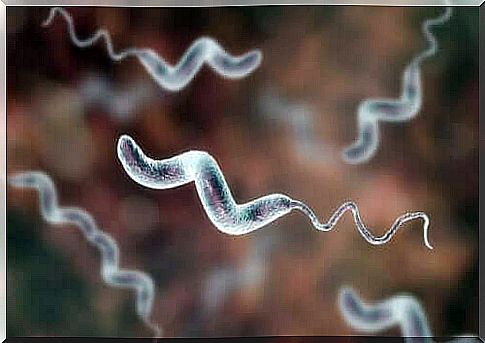
What causes Campylobacter infections?
Usually, Campylobacter infection is caused by the consumption of unpasteurized milk, raw or poorly cooked meat or poultry. According to the U.S. Department of Agriculture, ingestion of as many as 500 pathogen cells can lead to infection in humans.
Campylobacter invades small intestinal cells using a mechanism similar to that of certain salmonella bacteria, causing damage to them and altering the absorption of fluids. This produces a typical symptom picture, which we will discuss in more detail below.
The most significant sources of infection are:
- Eating poorly cooked meat products, mainly poultry
- Drinking unpasteurized milk
- Bacteria in crude water
- Contact with infected pets or farm animals
Main symptoms
The most common symptom of Campylobacter infection is diarrhea, which can sometimes be bloody. It usually occurs within 2-5 days of bacterial infection and usually resolves spontaneously after 6 days. Other symptoms include:
- Cramps and abdominal pain
- Fever and exhaustion
- Nausea and vomiting
However, according to the U.S. National Library of Medicine, some infected people never develop clear symptoms.
Deaths due to campylobacteriosis are quite rare. It is life-threatening mainly for small babies, the elderly and immunocompromised people such as HIV patients.
Diagnosis
Diagnosis is easy to make when symptoms occur. A faecal sample should be taken from the patient and culture should be performed to isolate and identify bacteria that cause intestinal symptoms. There are other, faster tests that can be used to identify the genome of a microorganism.
Treatment options for Campylobacter infections
According to the Centers for Disease Control and Prevention (CDC), Campylobacter infections usually resolve on their own within 3 to 6 days of the onset of the first symptoms. Patients are advised to drink plenty of fluids to replace the electrolytes lost with diarrhea.
Medicines are most often not needed because their excessive use can lead to the emergence of resistant bacterial strains. Self-medication is therefore not recommended, and antibiotics are prescribed only in the most severe cases.

How are these infections prevented?
As with all foodborne illnesses, orthodox treatment of food is the best prevention against Campylobacter infections. The CDC also advises some other precautions:
- Wash your hands before handling any food and after touching a possible source of infection, whether it is an infected person or an animal.
- Chop raw fruits and vegetables and meat on different cutting boards.
- Cook all food of animal origin, regardless of whether it has been previously frozen.
- Always drink pasteurized milk and juice.
- Under no circumstances should you drink untreated water.
Finally
Campylobacter infections are the leading cause of diarrhea worldwide, and C. jejuni is the most common species on the planet. Most of the epidemics are caused by eating raw meat and drinking unpasteurized milk and untreated water.
The best precaution to combat campylobacteriosis is to eat well-cleaned and properly cooked food. This also means that raw materials of animal and vegetable origin are not mixed together, meats are exposed to high temperatures before eating and, of course, hands are always washed before and during cooking.




